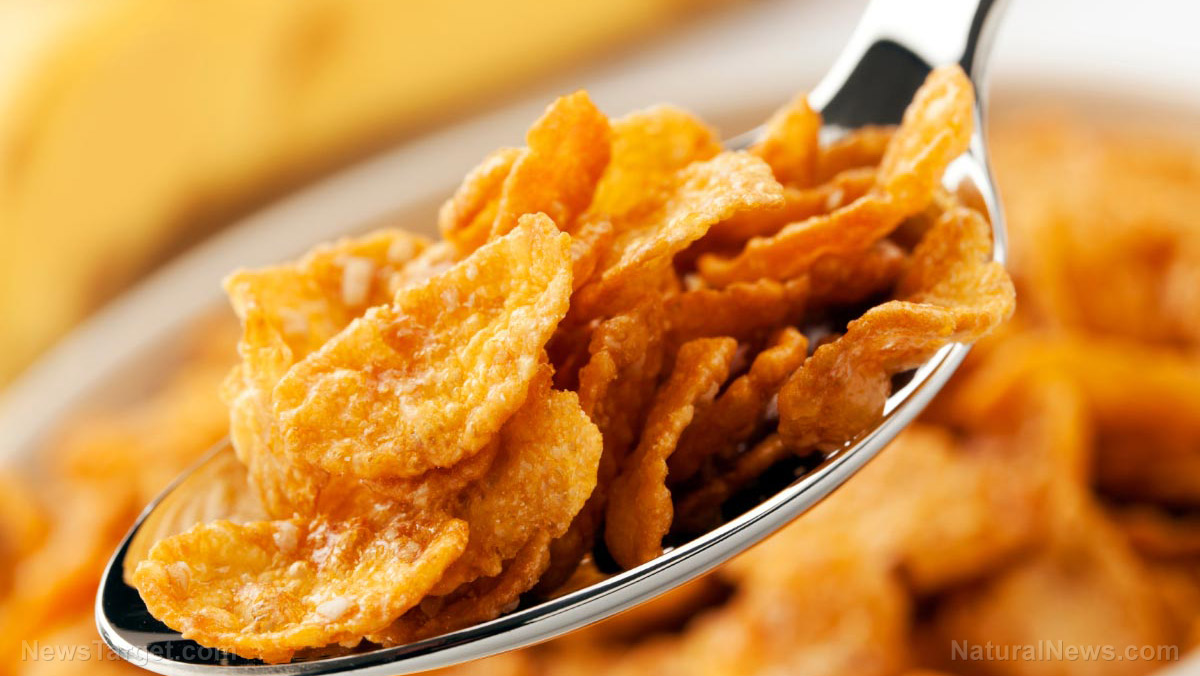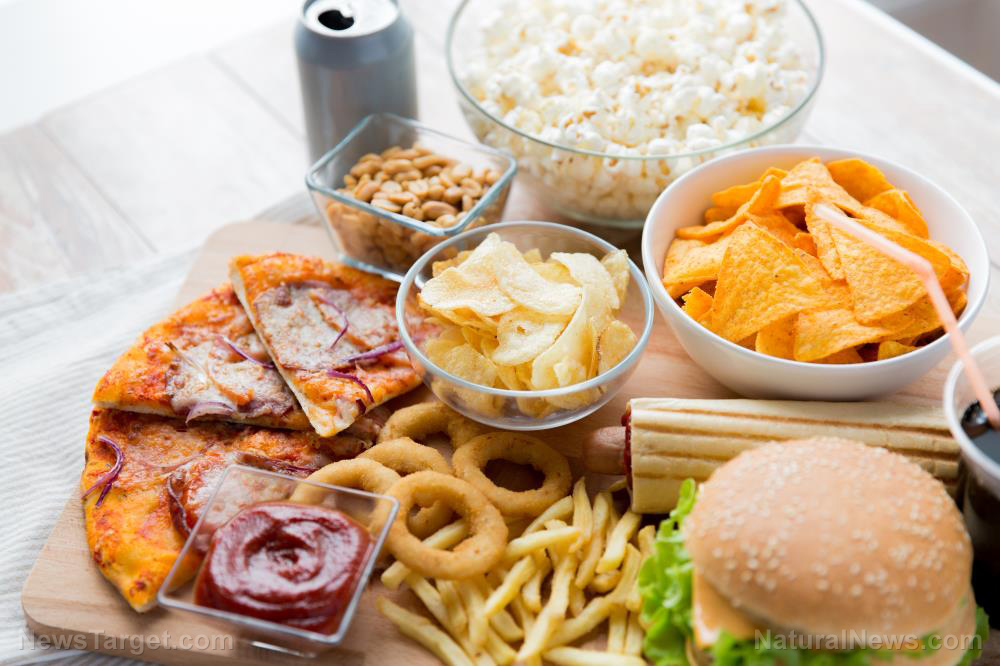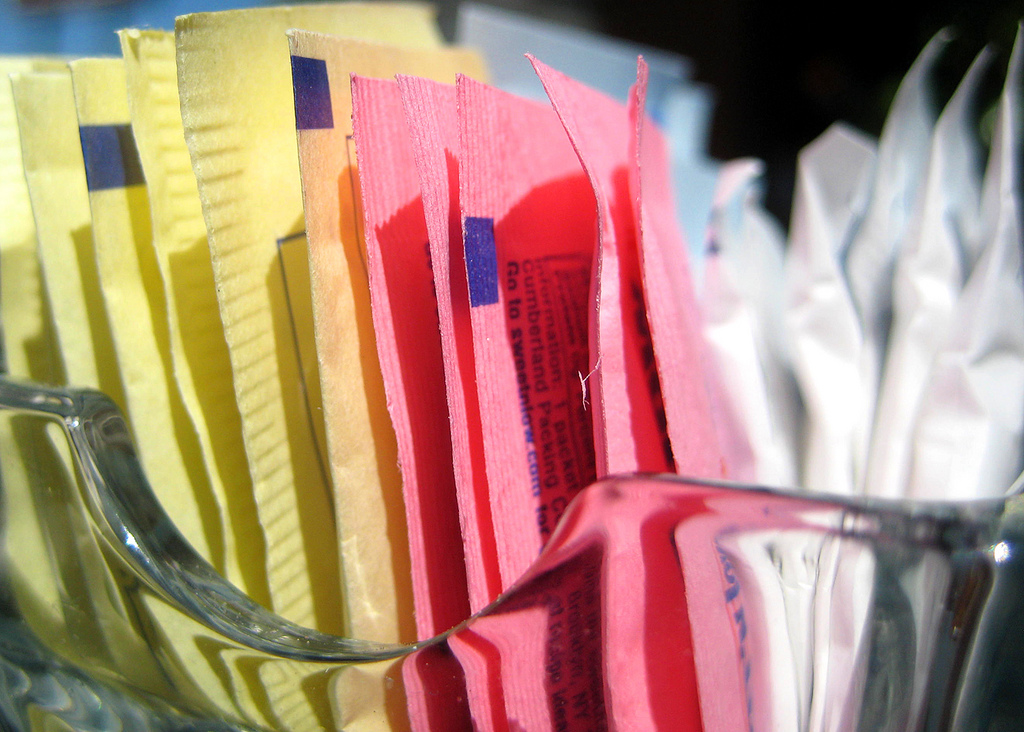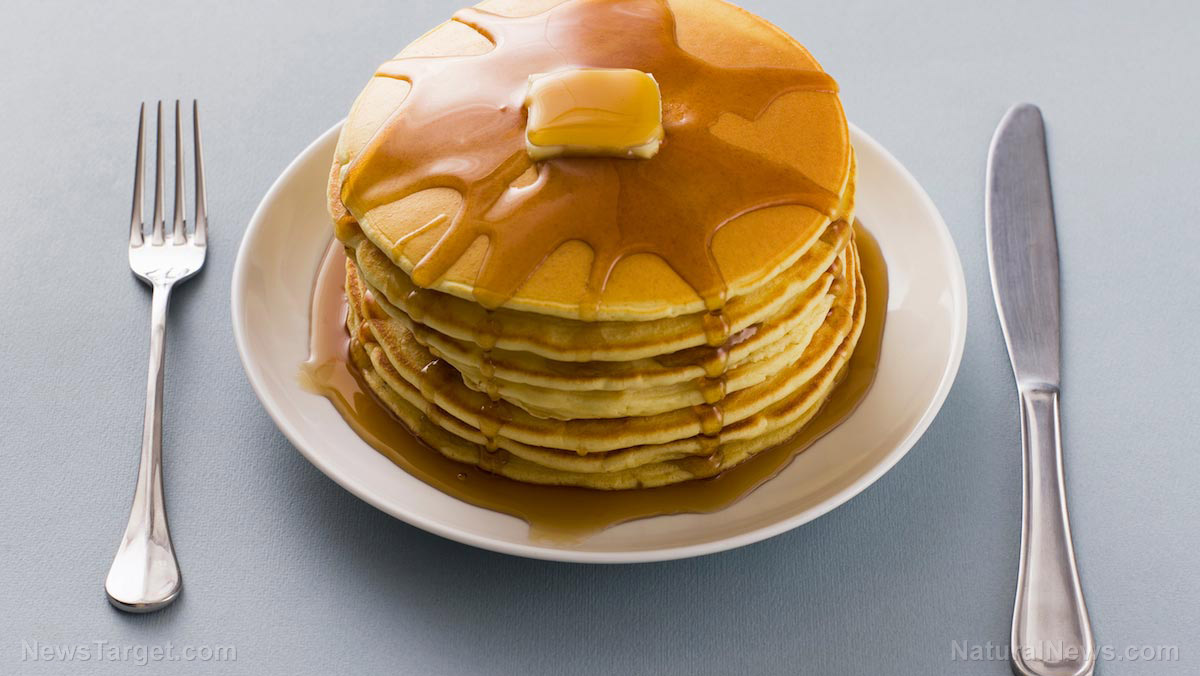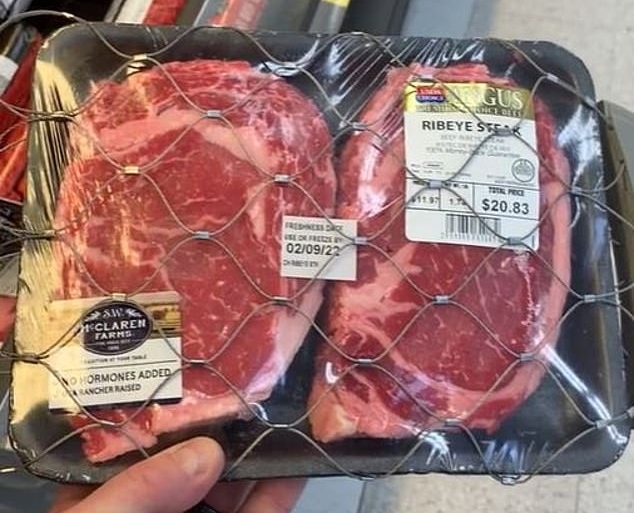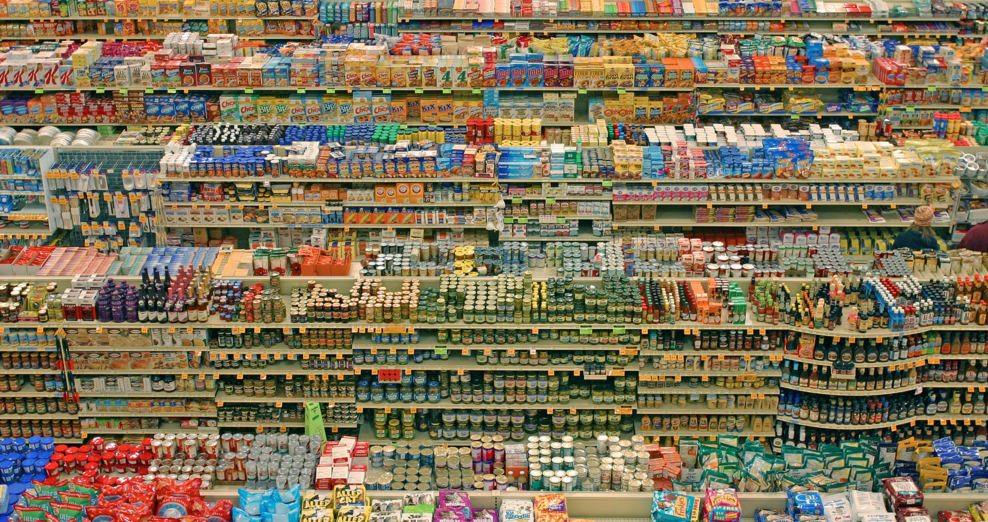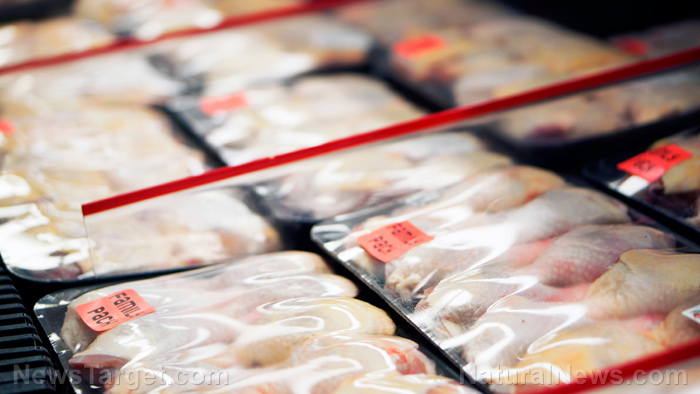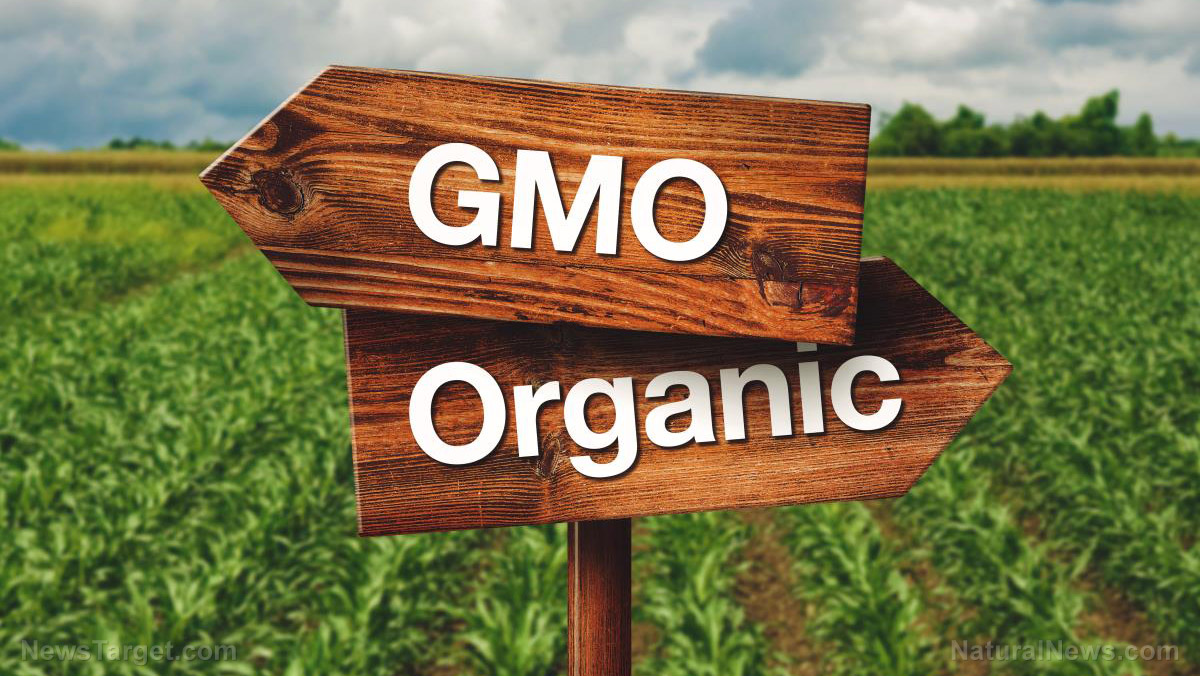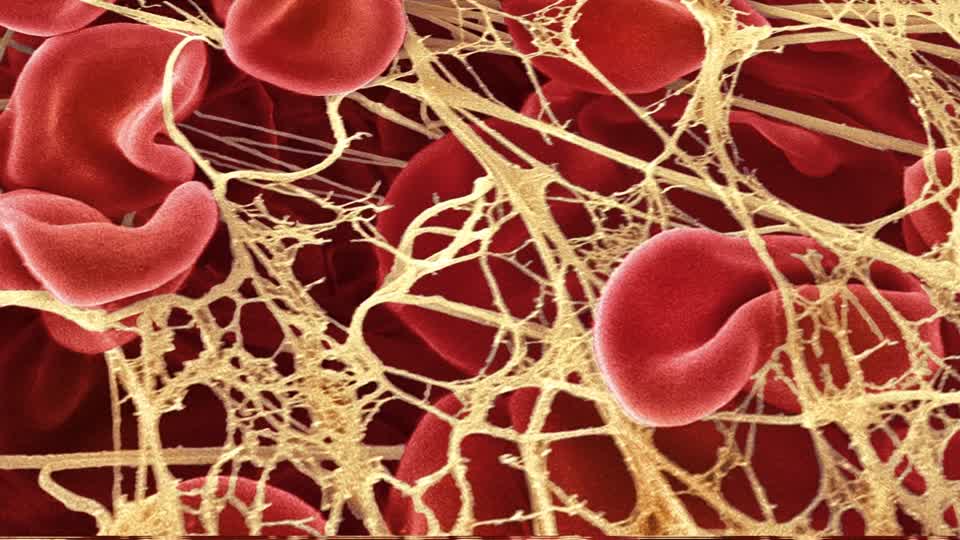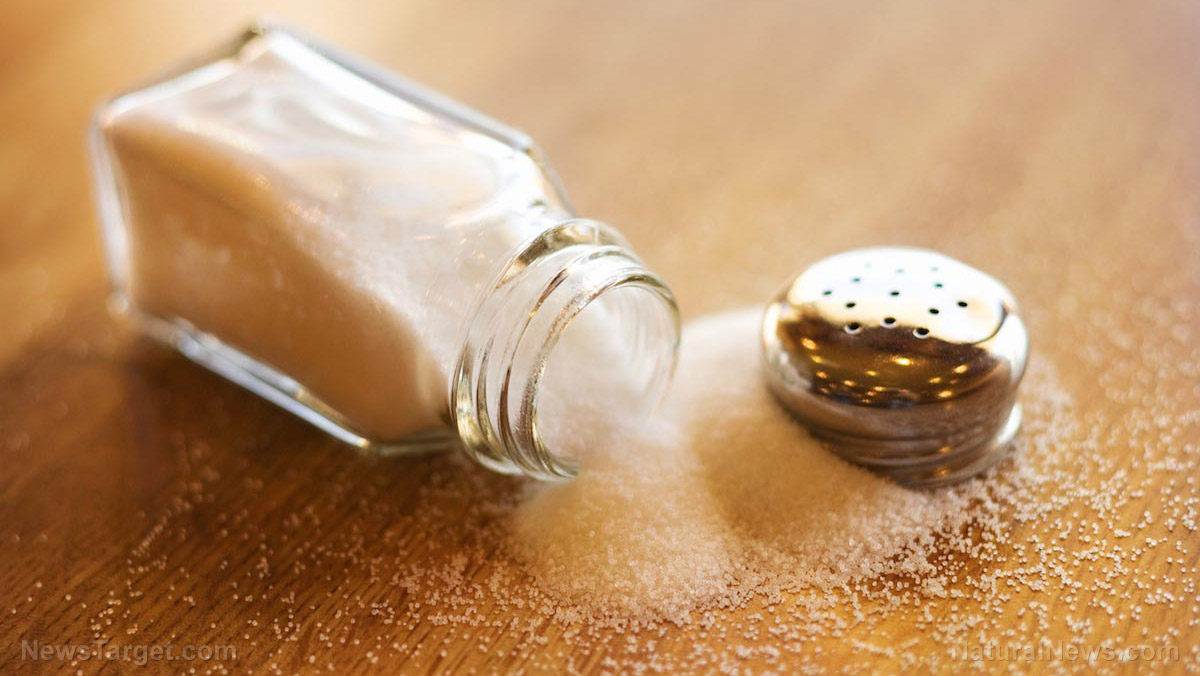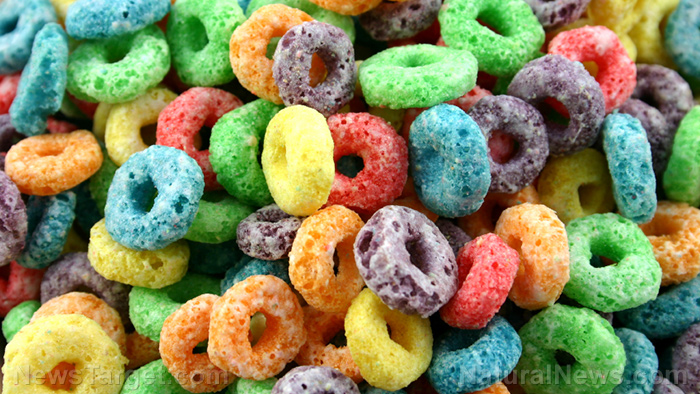Researchers have found illegal levels of ARSENIC in baby rice food products
05/10/2017 / By Frances Bloomfield

Parents who feed their infants baby rice food products be warned: You’re feeding your children food laced with arsenic. Researchers hailing from the Institute for Global Food Security at Queen’s University Belfast have found illegal levels of arsenic in a variety of rice-based baby foods. The study was conducted in response to the European Union (EU) imposing a maximum limit on the levels of inorganic arsenic manufacturers were allowed to leave in their products.
For their study, the researchers tested and compared 73 rice-based baby products before and after the law was passed in January of last year. They found that nearly 80 percent of rice crackers, 61 percent of baby rice, and 32 percent of rice cereals violated the regulation that had been set in place. Furthermore, the researchers also discovered that 73 percent of rice products marketed to children exceeded the EU limit of 0.1 mg of arsenic for every kilogram of rice.
In another part of the study, the researchers compared arsenic levels between formula-fed and breast-fed infants, before and after weaning. The formula-fed infants displayed higher concentrations of arsenic than the infants who were breast-fed. In particular, the elevated arsenic levels were more prevalent among infants who were given non-dairy formula, including rice-fortified baby formula. Moreover, the researchers also noted that post-weaning infants were five times more exposed to arsenic which, according to ScienceDaily.com, pointed out “the clear link between rice-based baby products and exposure to arsenic.” (Related: Follow more news on heavy metals contamination of the food supply at HeavyMetals.news.)
Of their study, lead author Professor Andy Meharg commented: “This research has shown direct evidence that babies are exposed to illegal levels of arsenic despite the EU regulation to specifically address this health challenge. Babies are particularly vulnerable to the damaging effects of arsenic that can prevent the healthy development of a baby’s growth, IQ and immune system to name but a few.” (Related: Shocking levels of arsenic found in baby formula made with brown rice syrup)
In a statement to the Independent.co.uk, Professor Mary Fewtrell, a professor of pediatric nutrition at the University College London (UCL), explained: “Because of infants’ small size, they can be exposed to high levels of inorganic arsenic on a per body weight basis compared to an older child or adult, so it’s wise that the products they consume should contain as little inorganic arsenic as can be achieved.”
One way to avoid exposing children to arsenic is to percolate the rice, a process that can remove up to 85 percent of arsenic in baby food, claimed Meharg.
A spokesperson for the Food Standards Agency (FSA) has recommended a “balanced, varied and healthy diet”. “Rice and rice products can be part of that, including for young children. However, we do advise that toddlers and young children — ages one to four-and-a-half — should not be given rice drinks as a substitute for breast milk, infant formula or cow’s milk. This is because of their proportionally higher milk consumption and lower bodyweight compared to other consumers,” the FSA spokesperson told TheGuardian.com.
“Simple measures can be taken to dramatically reduce the arsenic in these products so there is no excuse for manufacturers to be selling baby food products with such harmful levels of this carcinogenic substance,” Meharg told ScienceDaily.com before adding, “Manufacturers should be held accountable for selling products that are not meeting the required EU standard. Companies should publish the levels of arsenic in their products to prevent those with illegal amounts from being sold. This will enable consumers to make an informed decision, aware of any risks associated before consuming products containing arsenic.”
More information about foods for babies, children and adults can be found at FoodSupply.news.
Sources include:
Submit a correction >>
Tagged Under:
arsenic, baby food, baby rice food products
This article may contain statements that reflect the opinion of the author
RECENT NEWS & ARTICLES
COPYRIGHT © 2017 TOP 10 GROCERY SECRETS



